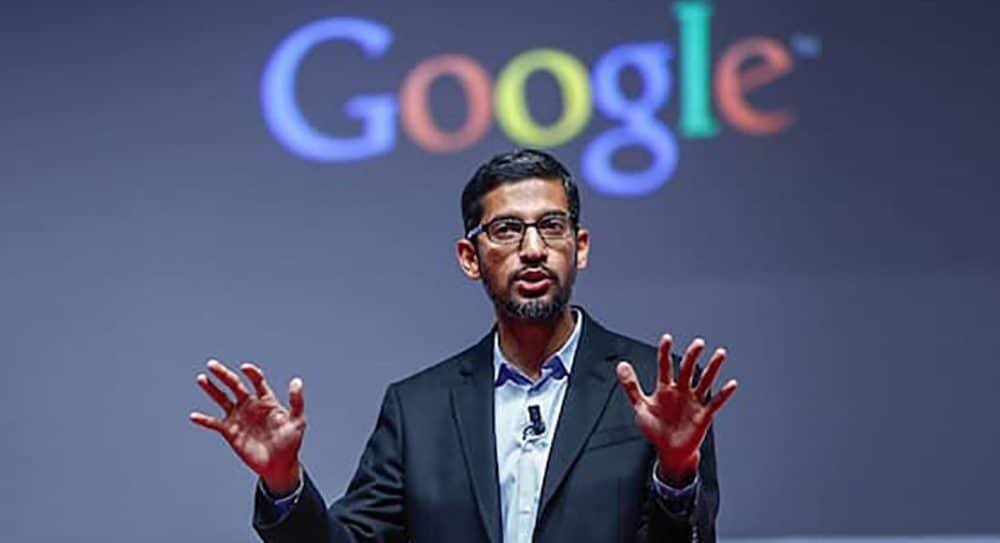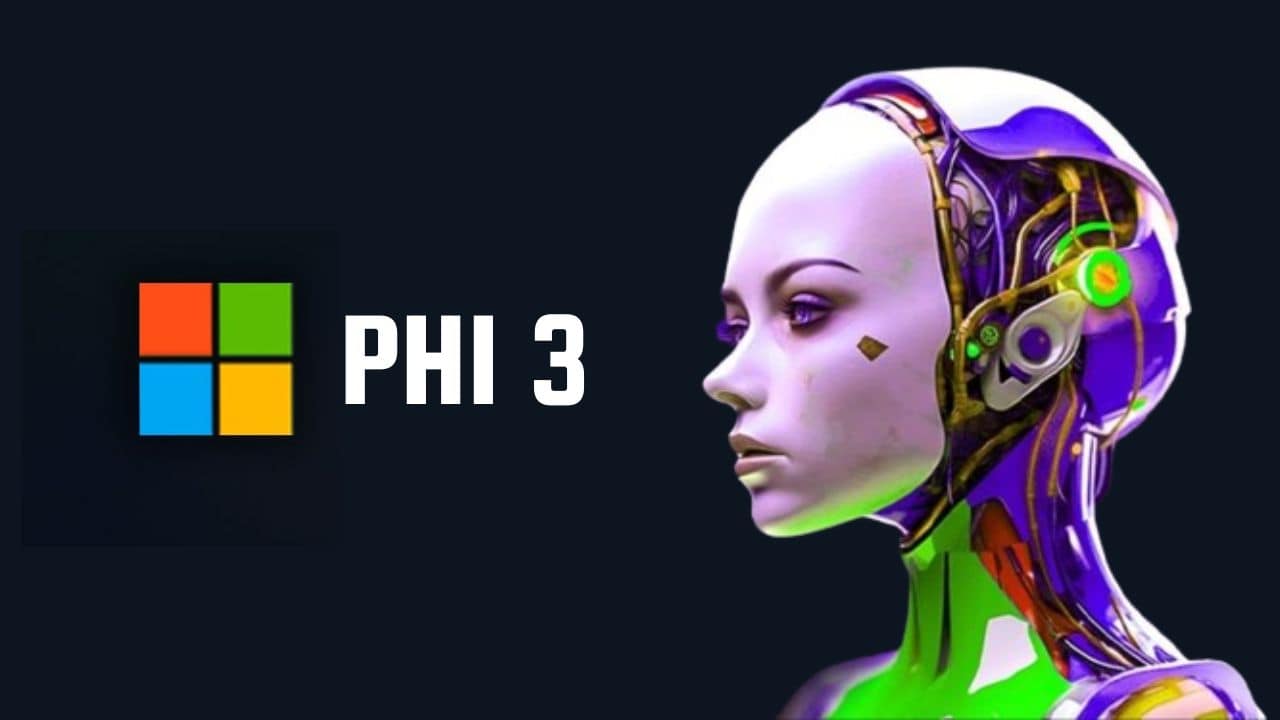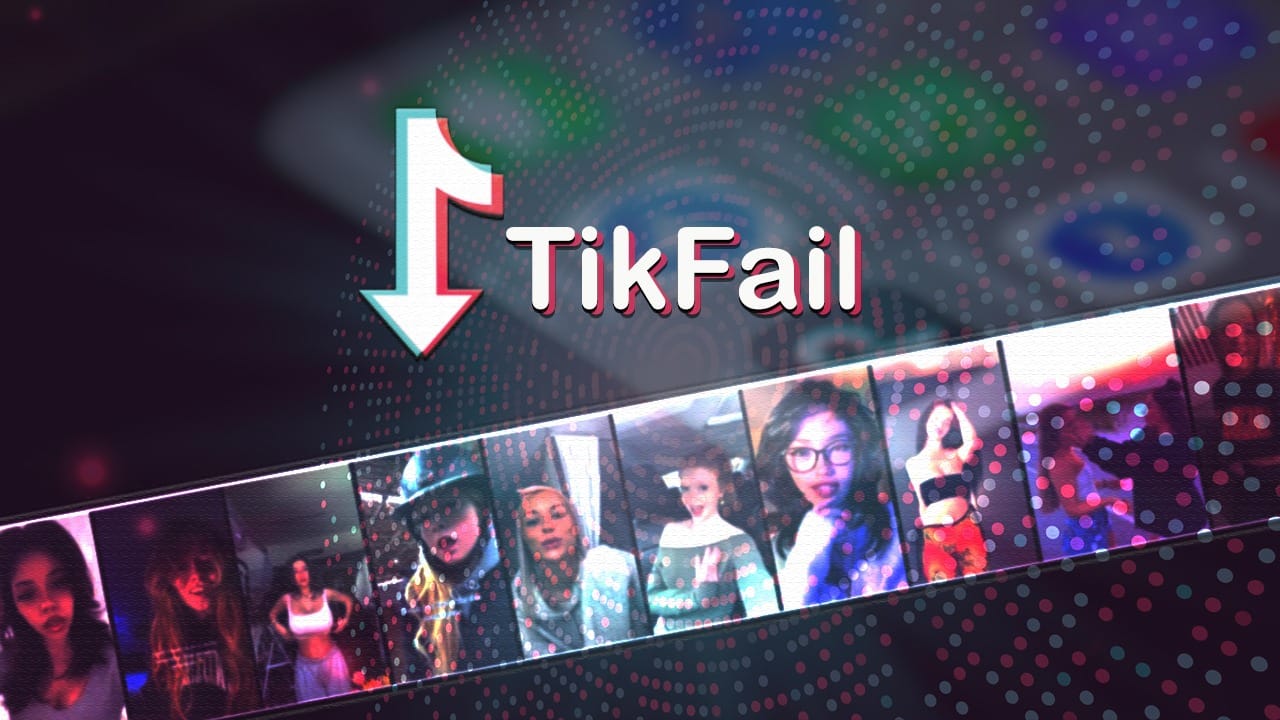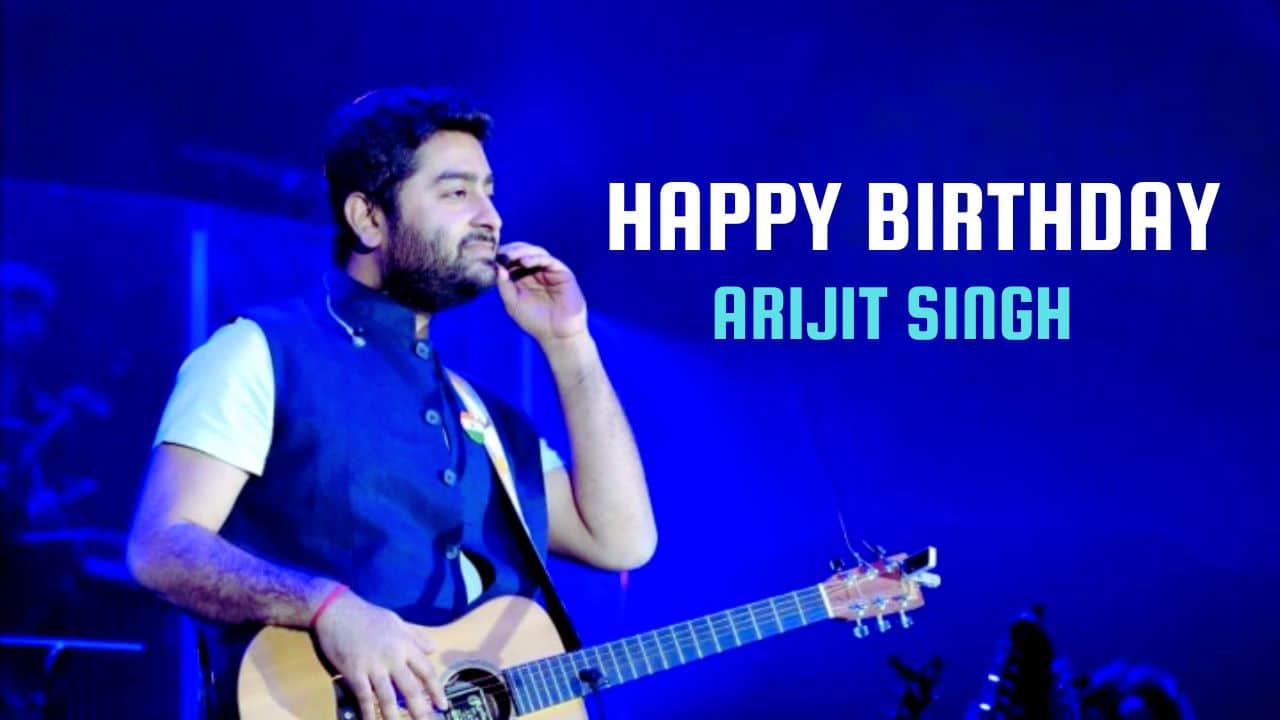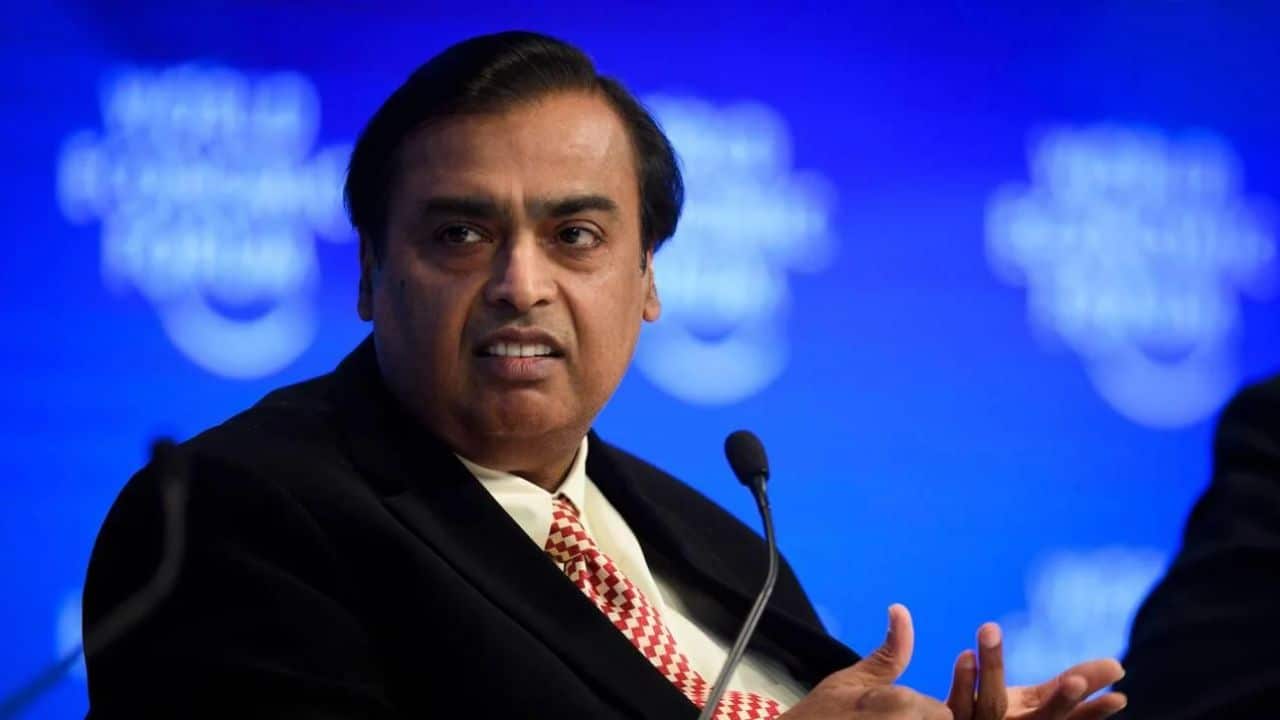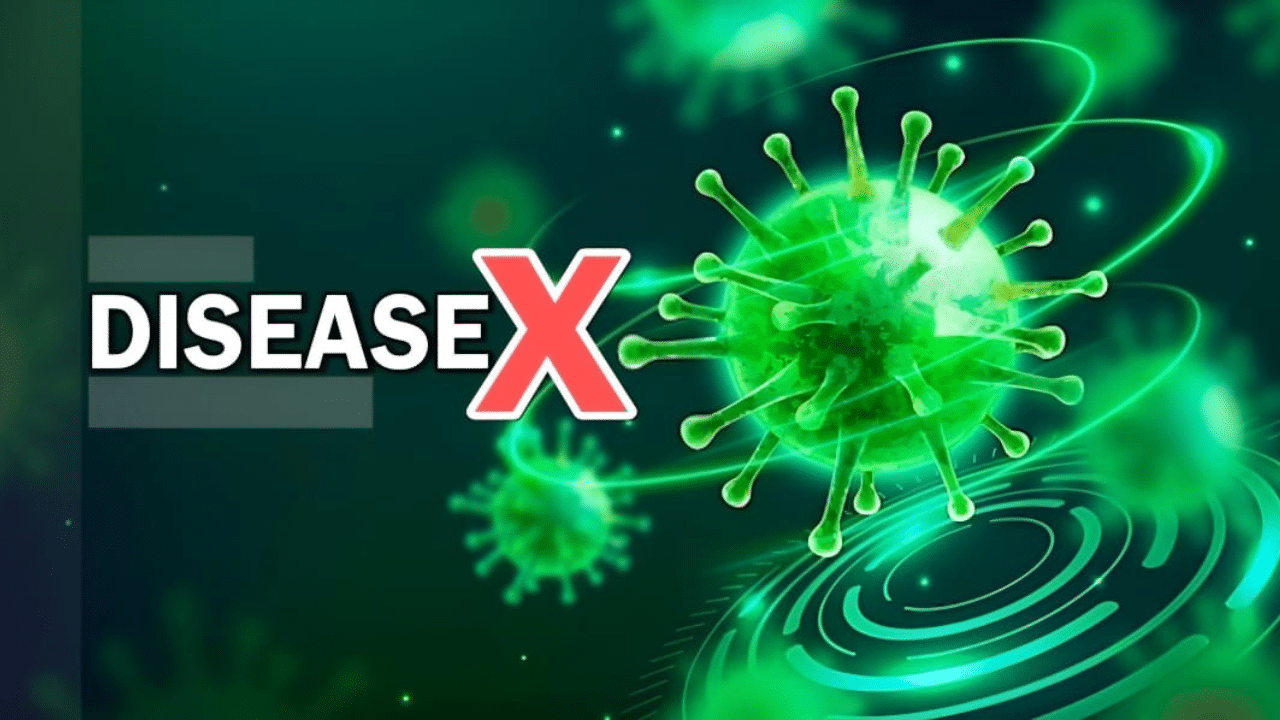The release of GPT-4 is rapidly approaching. GPT-3 was announced over two years ago, in May 2020.
It came out a year after GPT-2, which came out a year after the first GPT article was published. If this tendency continues across versions, GPT-4 should be available soon.
It isn’t, but OpenAI CEO Sam Altman started a few months ago that GPT-4 is on the way. Current projections place the release date in 2022, most likely in July or August.
Despite being one of the most eagerly anticipated AI developments, there is little public information about GPT-4: what it will be like, its features, or its powers. Altman had a Q&A last year and gave a few hints regarding OpenAI’s plans for GPT-4 (he urged participants to keep the information private, so I’ve remained silent — but seven months is a realistic time frame). One thing he confirmed is that GPT-4 will not have 100T parameters, as I predicted in a prior piece (such a big model will have to wait).
It’s been a while since OpenAI revealed anything about GPT-4. However, some innovative developments gaining traction in the field of AI, notably in NLP, may provide us with clues about GPT-4. Given the effectiveness of these approaches and OpenAI’s engagement, it’s conceivable to make a few reasonable predictions based on what Altman mentioned. And, without a doubt, these go beyond the well-known — and tired — technique of making the models bigger and bigger.
Given the information we have from OpenAI and Sam Altman, as well as current trends and the state-of-the-art in language AI, here are my predictions for GPT-4. (I’ll make it obvious, either explicitly or implicitly, which are educated estimates and which are certainties.)
Model size: GPT-4 won’t be super big
GPT-4 will not be the most popular language model. Altman stated that it would be no larger than GPT-3. The model will undoubtedly be large in comparison to earlier generations of neural networks, but its size will not be its distinctive feature. It’ll most likely be somewhere between GPT-3 and Gopher (175B-280B).
And there is a strong rationale for this choice.
Megatron-Turing NLG, developed by Nvidia and Microsoft last year, held the title of the biggest dense neural network at 530B parameters — already three times larger than GPT-3 — until recently (Google’s PaLM now holds the title at 540B). Surprisingly, some smaller versions that followed the MT-NLG achieved higher performance levels.
The bigger, the better.
The availability of better smaller models has two ramifications.
First, businesses have understood that using model size as a proxy to increase performance isn’t the only — or even the best — way to go. In 2020, OpenAI’s Jared Kaplan and colleagues discovered that when increases in the computational budget are largely spent to growing the number of parameters, performance improves the most, following a power-law relationship. Google, Nvidia, Microsoft, OpenAI, DeepMind, and other language-modeling businesses took the instructions at face value.
However, despite its size, MT-NLG isn’t the finest in terms of performance. In truth, it is not the best in any single category. Smaller models, such as Gopher (280B) or Chinchilla (70B), which are only a tenth of the size of MT-NLG, outperform it across the board.
It’s become evident that model size isn’t the sole determinant in improving language comprehension, which leads me to the second implication.
Companies are beginning to question the “bigger is better” assumption. Having extra parameters is only one of several factors that can increase performance. Furthermore, the collateral harm (e.g., carbon footprint, computing costs, or entrance barriers) makes it one of the worst criteria to consider – despite being incredibly simple to implement. Companies will think twice about developing a massive model when a smaller one might provide comparable — if not better — results.
Altman stated that they were no longer focusing on developing models that were exceedingly enormous, but rather on getting the most out of smaller models. Researchers at OpenAI were early supporters of the scaling hypothesis, but they may have learned that other unknown avenues can lead to better models.
These are the reasons why GPT-4 will not be substantially larger than GPT-3. OpenAI will move the emphasis to other factors — such as data, algorithms, parameterization, or alignment — that have the potential to make major gains more simply. We’ll have to wait and see what a 100T-parameter model can do.
Optimality: Getting the best out of GPT-4
When it comes to optimization, language models have one fundamental drawback. Because training is so expensive, businesses must make trade-offs between accuracy and expense. As a result, models are frequently significantly under optimized.
Despite some faults that would have necessitated re-training in other circumstances, GPT-3 was only trained once. Because of the prohibitively expensive costs, OpenAI decided not to perform it, preventing researchers from determining the ideal set of hyperparameters for the model (e.g. learning rate, batch size, sequence length, etc).
Another effect of large training costs is that model behavior assessments are limited. When Kaplan’s team decided that model size was the most important element for improving performance, they didn’t account for the number of training tokens — that is, the amount of data provided to the models. This would have necessitated exorbitant computational resources.
Because Kaplan’s conclusions were the best they had, tech businesses followed them. Ironically, Google, Microsoft, Facebook, and others “wasted” millions of dollars developing ever-larger models, generating massive amounts of pollution in the process, all prompted by economic constraints.
Companies are now experimenting with other ways, with DeepMind and OpenAI leading the way. They’re looking for optimal models rather than just bigger ones.
Optimal parameterization
Last month, Microsoft and OpenAI demonstrated that by training the model with suitable hyperparameters, GPT-3 could be enhanced even further. They discovered that a 6.7B version of GPT-3 improved its performance to the point where it could compete with the original 13B GPT-3 model. The use of hyperparameter tuning, which is not practical for larger models, resulted in a performance boost equivalent to double the number of parameters.
They discovered a new parameterization (P) in which the optimum hyperparameters for a small model also worked for a larger model in the same family. P enabled them to optimize models of any size at a fraction of the cost of training. The hyperparameters can then be nearly costlessly transferred to the larger model.
Optimal-compute models
DeepMind examined Kaplan’s findings a few weeks ago and discovered that, contrary to popular belief, the number of training tokens affects performance just as much as model size. They came to the conclusion that as more compute money becomes available, it should be distributed equally to scaling parameters and data. They validated this theory by training Chinchilla, a 70B model (4 times smaller than Gopher, the prior SOTA), with four times the data of all major language models since GPT-3 (1.4T tokens — from the average 300B).
The outcomes were unequivocal. Chinchilla outperformed Gopher, GPT-3, MT-NLG, and all other language models “uniformly and significantly” over a wide range of language benchmarks: The current crop of models is undertrained and oversized.
Given that GPT-4 will be slightly larger than GPT-3, the number of training tokens required to be compute-optimal (according to DeepMind’s findings) would be roughly 5 trillion, which is an order of magnitude greater than current datasets. The number of FLOPs required to train the model to achieve low training loss would be 10–20x that of GPT-3 (using Gopher’s compute budget as a proxy).
Altman may have been alluding to this when he stated in the Q&A that GPT-4 will require significantly more computing than GPT-3.
OpenAI will undoubtedly include optimality-related information into GPT-4, however to what extent is unknown because their budget is unknown. What is certain is that they will focus on optimizing variables other than model size. Finding the best set of hyperparameters, as well as the optimal-compute model size and the number of parameters, could result in astounding improvements across all benchmarks. If these approaches are merged into a single model, all forecasts for language models will fall short.
Altman also stated that people would be surprised at how good models may be without enlarging them. He could be implying that scaling initiatives are on hold for the time being.
Multimodality: GPT-4 will be a text-only model
Multimodal models are the deep learning models of the future. Because we live in a multimodal world, our brains are multisensory. Perceiving the environment in only one mode at a time severely limits AI’s ability to navigate and comprehend it.
Good multimodal models, on the other hand, are substantially more difficult to create than good language-only or vision-only models. It is a difficult undertaking to combine visual and verbal information into a unified representation. We have an extremely limited understanding of how our brain achieves it (not that the deep learning community is taking cognitive science ideas on brain structure and functions into account), thus we don’t know how to integrate it into neural networks.
Altman stated in the Q&A that GPT-4 will be a text-only model rather than multimodal (like DALLE or LaMDA). My assumption is that they’re trying to push language models to their limits, adjusting parameters like model and dataset size before moving on to the next generation of multimodal AI.
Sparsity: GPT-4 will be a dense model
Sparse models that use conditional computing in different areas of the model to process different sorts of inputs have recently found considerable success. These models easily expand beyond the 1T-parameter threshold without incurring substantial computational costs, resulting in a seemingly orthogonal connection between model size and compute budget. However, the benefits of MoE techniques decline for very large models.
Given OpenAI’s history of focusing on dense language models, it’s logical to assume GPT-4 will be a dense model as well. And, considering that Altman stated that GPT-4 will not be much larger than GPT-3, we may deduce that sparsity is not a possibility for OpenAI — at least for the time being.
Sparsity, like multimodality, will most certainly dominate future generations of neural networks, given that our brain – AI’s inspiration — relies significantly on sparse processing.
Alignment: GPT-4 will be more aligned than GPT-3
OpenAI has made significant efforts to address the AI alignment problem: how to make language models follow human goals and adhere to our beliefs – whatever that may be. It’s a difficult problem not only theoretically (how can we make AI understand what we want precisely? ) but also philosophically (there isn’t a general approach to make AI aligned with humans, because the heterogeneity in human values among groups is enormous — and sometimes conflicting).
They did, however, make the first attempt with InstructGPT, which is a re-trained GPT-3 educated with human feedback to learn to obey instructions (whether those instructions are well-intended or not is not yet integrated into the models).
The significant breakthrough of InstructGPT is that, regardless of its performance on language benchmarks, it is viewed as a better model by human assessors (who are a pretty homogeneous set of people – OpenAI staff and English-speaking people — so we should be cautious about drawing inferences). This emphasizes the importance of moving away from using benchmarks as the sole criteria for assessing AI’s capability. Human perception of the models may be just as essential, if not more so.
Given Altman and OpenAI’s dedication to creating a beneficial AGI, I’m certain that GPT-4 will adapt — and build on — the discoveries from InstructGPT.
Because the model was confined to OpenAI staff and English-speaking labelers, they will enhance the way they aligned it. True alignment should incorporate groups of all origins and characteristics such as gender, race, nationality, religion, and so on. It’s a fantastic task, and any advances toward that objective are good (though we should be cautious about calling it alignment when it isn’t for the vast majority of people).
Summarizing
Model size: GPT-4 will be larger than GPT-3, but not significantly larger than the current largest models (MT-NLG 530B and PaLM 540B). The model’s size will not be a distinguishing feature.
Optimality: GPT-4 will consume more computing power than GPT-3. It will put novel optimality insights into parameterization (optimal hyperparameters) and scaling rules into practice (number of training tokens is as important as model size).
Multimodality: The GPT-4 will be a text-only device (not multimodal). OpenAI wants to push language models to their limits before moving on to multimodal models like DALLE, which they believe will eventually outperform unimodal systems.
Sparsity: GPT-4, like GPT-2 and GPT-3 before it, will be a dense model (all parameters will be in use to process any given input). Sparsity will increase in importance in the future.
Alignment: GPT-4 will be closer to us than GPT-3. It will apply what it has learned from InstructGPT, which was trained with human feedback. Still, AI alignment is a long way off, and efforts should be properly evaluated and not overstated.
Apart from this, if you are interested; you can also read Entertainment, Numerology, Tech, and Health-related articles here: How to cancel YouTube TV, Churchill Car insurance, The Rookie Season 5, Downloadhub, Ssr Movies, 7starhd, Movieswood, How to Remove Bookmarks on Mac, Outer Banks Season 4, How to block a website on Chrome, How to watch NFL games for free, DesireMovies, How to watch NFL games without cable, How to unlock iPhone, How to cancel ESPN+, How to turn on Bluetooth on Windows 10, Outer Banks Season 3,
6streams, 4Anime, Moviesflix, 123MKV, MasterAnime, Buffstreams, GoMovies, VIPLeague, How to Play Music in Discord, Vampires Diaries Season 9, Homeland Season 9, Brent Rivera Net Worth, PDFDrive, SmallPDF, Squid Game Season 2, Knightfall Season 3, Crackstream, Kung Fu Panda 4, 1616 Angel Number, 333 Angel Number, 666 Angel Number, 777 Angel Number, 444 angel number, Bruno Mars net worth, KissAnime, Jim Carrey net worth, Bollyshare, Afdah, Prabhas Wife Name, Project Free TV, Kissasian, Mangago, Kickassanime, Moviezwap, Jio Rockers, Dramacool, M4uHD, Hip Dips, M4ufree, Fiverr English Test Answers, NBAstreamsXYZ, Highest Paid CEO, The 100 season 8, and F95Zone.
Thanks for your time. Keep reading!


